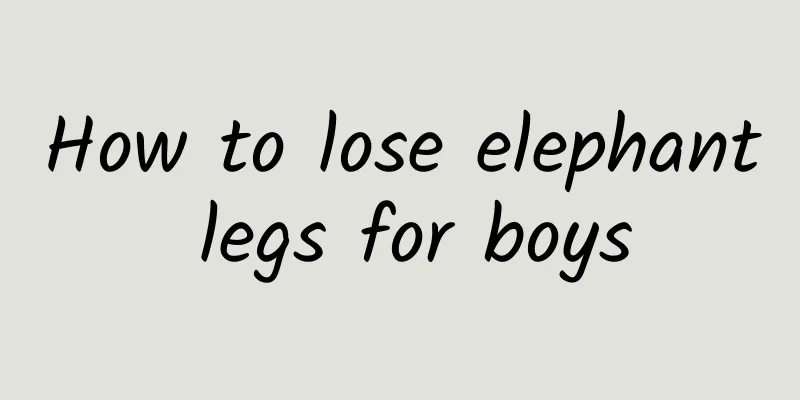Calf pain from running can be solved with two simple steps!

|
Many people who run regularly especially like to run marathons, but all athletes who have participated in marathons will encounter a problem, that is, calf pain when running. At this time, many people think that it is caused by fatigue. In fact, if the pain is severe, it may be a sign of illness. What is medial tibia stress syndrome? During running, the pain often occurs in the deeper layer of the front of the calf or the middle and lower part of the posterior medial part of the calf (2-20 cm above the medial malleolus) (the pain area is shown in Figure 1). It is more obvious at the beginning of exercise, and will be relieved after a period of persistence. The pain will reappear after the exercise stops, and there is pain when pressing and swelling. This situation is often considered to be medial tibial stress syndrome. Different from delayed onset muscle soreness (DOMS), medial tibial stress syndrome does not have the strongest pain 24-48 hours after exercise, and will gradually disappear after a few days. If medial tibial stress syndrome is left alone without rest, adjustment, or treatment, the pain will become more severe and even cause fatigue fractures. How to solve it? 1. Muscle stretching The posterior calf muscles mainly include the gastrocnemius and soleus muscles. The main function of these two muscles is to lift the foot. When it comes to stretching the calf muscles, most runners know how to do it, but when it comes to which muscle to stretch and the details to pay attention to, some runners may not be very clear. Let me elaborate here. The two ends of the gastrocnemius muscle are connected to the femur and the heel respectively. It is a multi-articular muscle that crosses the ankle joint and the knee joint. Therefore, when stretching the gastrocnemius muscle, the knee joint needs to be kept straight for it to be effective. When stretching the soleus muscle, the knee joint can be bent. 2. Fascia relaxation As a connective tissue that runs through the body, fascia can affect the mechanical properties of muscles. At the same time, it can also contract independently and affect the body's control-feedback. Therefore, fascia plays an important role in bearing the load of exercise, just like muscles. |
<<: Sweat has no smell, so why does men have sweat odor?
>>: The clever use of eggs can actually cure subcutaneous bruises!
Recommend
The most unbearable pain for men
It is often said that men are real men, and it so...
Will I recover my health after quitting rubbing?
Masturbation is very common among men. Moderate m...
Don't ignore penile pain, know the three causes early
Prostatitis xt-indent: 2em; text-align: left;"...
Secret! What color underwear do men like?
Underwear is a person's underwear, so many pe...
What does a man's morning erection mean?
Men often have morning erections, which is a very...
How can boys quickly slim down their calves?
Losing weight is everyone's dream, not just f...
Aerobic Fitness for Men
Aerobic fitness is a very popular term in recent ...
Men's body hair may indicate this
According to foreign media reports, in a new book...
Is it good for men to do arm liposuction? What is the weight loss effect?
Men now also start to pay attention to their pers...
What to do about insomnia during menopause
Insomnia is strictly a disease and condition. The...
What causes prostate problems due to urine retention?
Male friends may often have to hold their urine d...
Garlic water cures cough, garlic cough remedies
Garlic is a common ingredient and is often used a...
What Chinese medicine can men take to nourish the kidneys and strengthen yang? What are the Chinese medicines for nourishing the kidneys and strengthening yang?
In China's five thousand years of civilizatio...
Facial skin allergy, redness and itching, two major reasons need to be paid attention to
When the skin on your face is allergic, it will s...
What are the causes of right varicocele?
In medicine, the causes of varicocele mainly incl...









